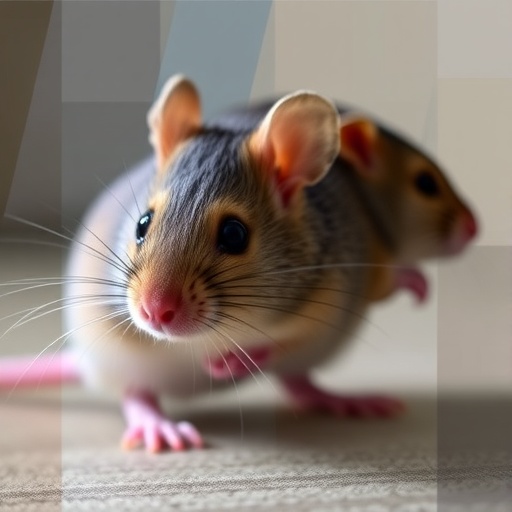New research published today uncovers how the blood cancer 'steals' parts of surrounding healthy bone marrow cells to thrive, in work that could help form new approaches to cancer treatment in the future.
Researchers at the University of East Anglia (UEA), funded by the Rosetrees Trust and The Big C Charity, found that healthy bone marrow stromal cells were made to transfer their power-generating mitochondria to neighbouring cancer cells, effectively 'recharging' the acute myeloid leukaemia (AML) and supporting the leukaemia to grow.
AML has been found to act in a parasitic way by first generating oxygen-deprived conditions in the bone marrow which then stimulates the transfer of healthy mitochondria from the non-cancerous cells to the leukaemia cells.
The study, published on the cover of the journal Blood today also identified how and why the mitochondria are transferred and discusses the potential impact this could have on future treatment and study of cancer.
Dr Stuart Rushworth from UEA's Norwich Medical School said: "Our results provide a first in the study of cancer mitochondrial transfer mechanism. We have clearly shown that the cancer cell itself drives transfer by increasing oxidative stress in the neighbouring non-malignant donor cells.
"Moreover, mitochondria which move from the bone marrow stromal cells to the AML blasts are functionally active, showing that the AML blast is using this biological phenomenon to its metabolic advantage."
An enzyme found in the AML cell membrane was shown to be responsible for creating the conditions necessary for mitochondrial transfer to occur. Researchers established that the enzyme called NOX-2 generated superoxide which drives this transfer. The transfer takes place through AML-derived tunnelling nanotubes (TNTs) which link the cancer cells directly to the surrounding healthy cells.
Furthermore by inhibiting NOX-2, researchers showed a reduction in mitochondrial transfer took place which limited how much energy the AML cells could generate and resulted in slower cancer growth.
Dr Rushworth said: "It was not previously known what stimulates mitochondrial transfer in AML or any cancer, and determination of the controlling stimulus is an essential first step if this biological function is to be exploited therapeutically in the future."
###
The study 'NADPH oxidase-2 derived superoxide drives mitochondrial transfer from bone marrow stromal cells to leukemic blasts' is published in print in the journal Blood, DOI: 10.1182/blood-2017-03-772939.
Media Contact
Laura Potts
[email protected]
44-016-035-91069
@uniofeastanglia
http://comm.uea.ac.uk/press




